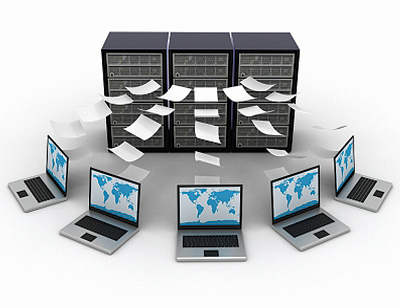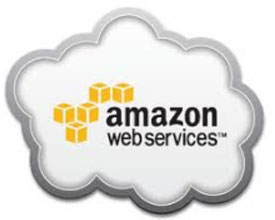Kevin L. Jackson and Cary Landis | Beta News
Cloud computing — the new business model for provisioning and consuming information technology — is enabling new computing capabilities and driving process efficiencies for both businesses and government. But it’s also disrupting the entire IT industry to its core. Although the current hype around cloud computing is around expected cost savings, its true value is in greatly improving business or mission capabilities without a commensurate increase in resources (time, people or money).

Combining off-the-shelf IT components with highly automated controls is what fundamentally enables cloud computing. This combination is also what’s driving the economic model that makes this new technology force so disruptive to the status quo.
For example, the software-as-a-service (SaaS) cloud delivery model typically does not require any advance usage commitment or long-term contractual arrangements. SaaS not only changes the typical software vendor business model, but also dramatically changes the strategy, budgeting, procurement and management options for the IT buyer.
When Salesforce.com proved the viability of SaaS, desktop software was instantly endangered as a profitable business model. Similarly, Amazon Web Services is turning data center hosting on its head with its Virtual Private Datacenter Infrastructure as a Service (IaaS) offering.
We predict IT will undergo 10 transformational, cloud-related impacts in 2013 — effects so massive that they will be the most fundamental changes to the way businesses and governments have approached technology in the past 25 years:
1. Cloud technologies will converge dramatically. The cloud will continue to forge a massive convergence of technologies — much like cell phones evolved into smartphones.
2. Custom software will be cloud-based. Customized software is beginning to move to the cloud in a meaningful way. As of this year, PaaS solutions such as AppDeployer.com have reached a maturity level that now allow developers and integrators to build highly individualized, complex offerings on the cloud, but at a greatly reduced cost compared to traditional software development.
3. Integration = the new killer app. The cloud is evolving into a hodgepodge of disparate cloud services from vendors scattered all around the world. In 2013, IT professionals will increasingly turn to cloud services brokers to manage the growing complexity problem by integrating heterogeneous infrastructure services. Meanwhile, software developers will use PaaS for integrating disparate web services to deliver seamless user experiences to their customers.
4. Geographic boundaries will become more irrelevant. In 2013, PaaS will be rapidly adopted by companies in India and other major outsourcing countries. This will cause a ripple effect throughout industry, since these outsourcing companies are so integral to modern business operations nowadays.
5. Major data centers will be Darwinized. Winners and losers will emerge in the data center “survival-of-the-fittest” shakeout, as many large data centers close and sell assets or become acquired and consolidate. Cloud services brokers will play a larger role for data center service providers — no matter their size — to help their customers sort out the confusion and effectively manage an increasing number of cloud service providers.












